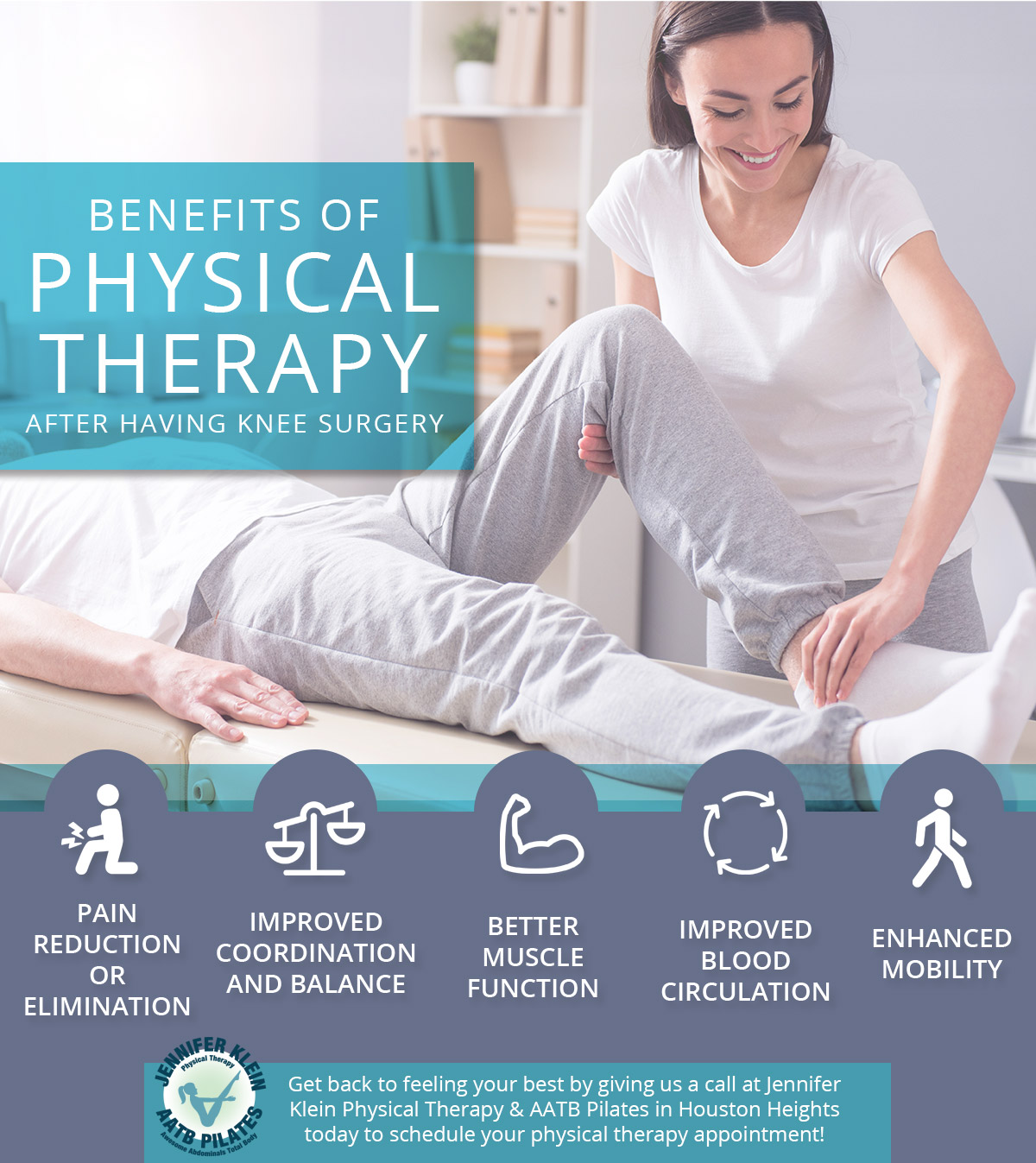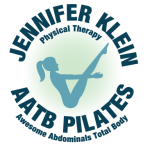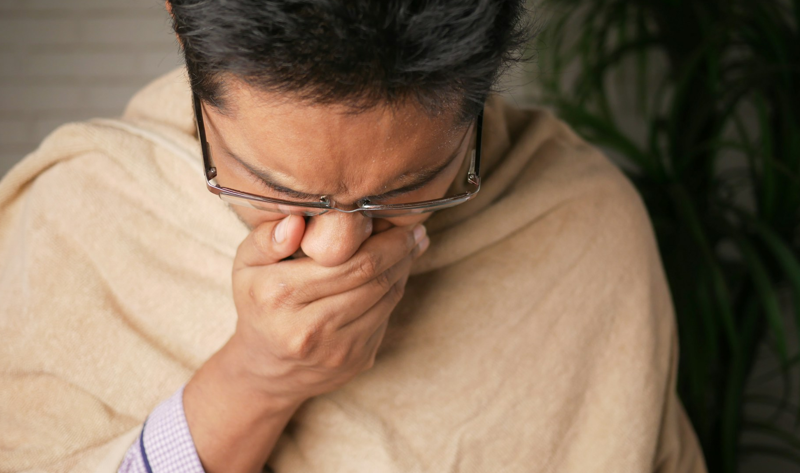Knee surgery is not something to be taken lightly, whether it be a total knee replacement, meniscus repair, ACL reconstruction, or something else. In order to gain the full benefit of the surgery, attending physical therapy sessions for rehabilitation is an absolute must. Today we will be going over why it is so important to see a physical therapist after surgery, discussing some of the issues that can arise from not seeing a physical therapist, and briefly go over how your physical therapist can assist you prior to having surgery. If you are about to undergo surgery or have just had surgery and would like to set up an appointment with our experienced and professional physical therapist in Houston Heights, give us a call at Jennifer Klein Physical Therapy & AATB Pilates today to schedule an appointment! 
The Importance of Physical Therapy After Having Knee Surgery
Knee surgery can be successful, but the ongoing success of your treatment depends on what you decide to do during your post-operation recovery period. Physical therapy is often recommended, and for very good reason. Physical therapists are trained to help patients regain mobility and strength after they experience an injury or surgery by guiding them through specific stretches, exercises, and other activities that are customized to assist in their own personal healing. Unfortunately, there are many people who don’t comply with their doctor’s suggestions to go to physical therapy sessions, which can be detrimental to proper healing. Because the purpose of post-surgery physical therapy is to help with the healing process and take the steps to regain function, avoiding it, or not fully committing to your prescribed program can hinder your recovery process. By doing this, the patient may experience:
- Decreased blood flow to the affected area, which can negatively affect the healing process at the surgical site
- Weakened and atrophied muscles
- Returning to normal joint movement becomes difficult
- Increased pain in the affected area
- Decreased joint support
- Decreased endorphin production due to inactivity, resulting in higher stress levels
In sum, not following a physical therapy recommendation often leads to a much more difficult, lengthy, and frustrating recovery period.
Benefits of Pre-Op Physical Therapy
You may think of physical therapy as something that is done after having surgery, but it can be extremely beneficial before your operation as well. Seeing a physical therapist before heading into surgery can help with strengthening your knees, improving flexibility, and recovering faster after you have your operation. There are numerous studies that show the benefits of “prehabilitation” before having knee surgery, such as increased quadricep strength, improvement in the ability to perform functional tasks, and overall better quality of life post-op. Prehabilitation includes a variety of exercises that help with hip strengthening, stretching, and balancing, while still taking extra care of your injury at-hand.  We would be more than happy to assist you with getting back on your feet after having knee surgery and help you with some extremely beneficial exercises before the big day. To learn more about us and see if we are a good fit for you, please do not hesitate to give us a call at Jennifer Klein Physical Therapy & AATB Pilates in Houston Heights today. We look forward to working with you and helping you live a more comfortable, pain-free life!
We would be more than happy to assist you with getting back on your feet after having knee surgery and help you with some extremely beneficial exercises before the big day. To learn more about us and see if we are a good fit for you, please do not hesitate to give us a call at Jennifer Klein Physical Therapy & AATB Pilates in Houston Heights today. We look forward to working with you and helping you live a more comfortable, pain-free life!


Recent Comments